
Introduction:
Sciatica, characterized by shooting pain along the sciatic nerve, can often be linked to issues with hip mobility. The intricate relationship between the two highlights the importance of fostering flexibility in the hips to alleviate strain on the sciatic nerve. In this article, we'll explore how enhancing hip mobility through targeted exercises and stretches can be a key to finding relief from sciatica.
Understanding the Hip-Sciatica Connection:
The sciatic nerve, the longest nerve in the body, runs from the lower back down through the hips and buttocks, branching into each leg. When hip mobility is compromised, it can contribute to sciatic nerve compression or irritation, intensifying the symptoms of sciatica. Tightness in the hips can lead to poor posture, altered gait, and increased pressure on the sciatic nerve.
Exercises to Improve Hip Mobility:
- Hip Flexor Stretch:

Kneel on your right knee with the left foot in front, forming a 90-degree angle. Gently lean forward, feeling the stretch in the right hip flexor. Repeat on the other side.
2. Pigeon Pose:
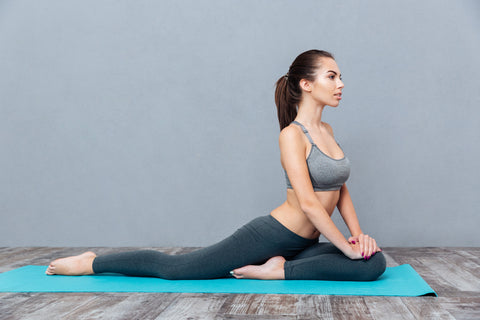
From a plank position, bring your right knee toward your right hand and extend the left leg behind you. Lower your torso over the right leg, feeling a deep stretch in the hips. Switch to the other side.
3. Butterfly Stretch:
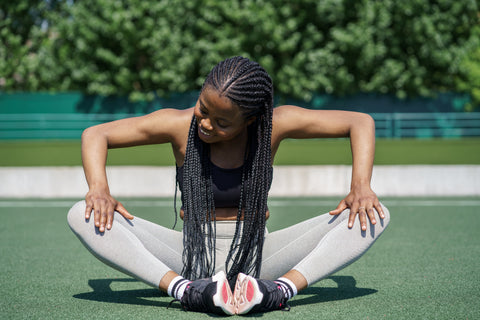
Sit with your feet together, allowing your knees to fall outward. Hold your feet and gently press your knees toward the floor to stretch the inner thighs and hips.
4. Seated Hip Opener:
Sit on the edge of a chair with your feet flat on the floor. Cross your right ankle over your left knee, gently pressing the right knee toward the floor. Switch sides.
5. Lunges:
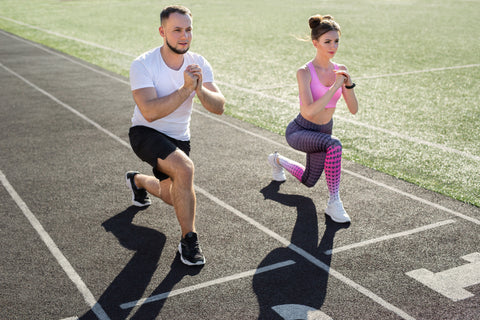
Step forward with your right foot into a lunge position. Lower your hips toward the floor, keeping the back knee off the ground. Repeat on the other side.
Strengthening Exercises for Hip Stability:
1. Clamshell Exercise:
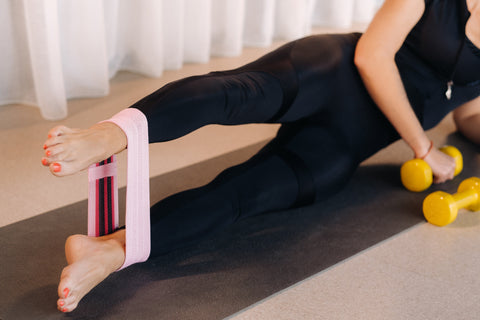
Lie on your side with your knees bent. Keeping your feet together, lift the top knee while keeping the feet in contact. Lower and repeat on both sides.
2. Hip Bridges:

Lie on your back with your knees bent and feet flat on the floor. Lift your hips toward the ceiling, squeezing your glutes at the top. Lower and repeat.
3. Side Planks:
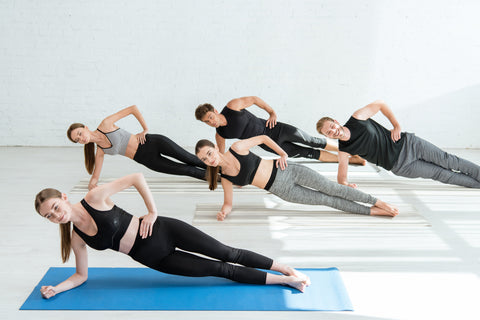
Support your body on your right elbow and side of your right foot, keeping your body in a straight line. Hold for 30 seconds, then switch to the other side.
4. Leg Raises:
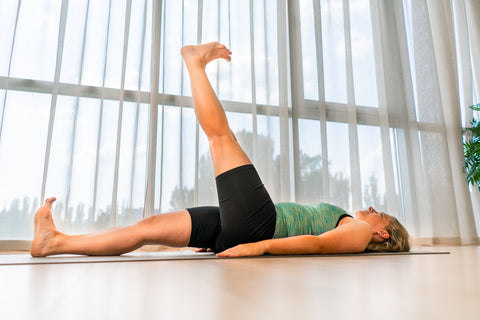
Lie on your back and lift one leg straight up, then lower it without letting it touch the ground. Switch legs and repeat.
Tips for Incorporating Hip Mobility Exercises into Daily Routine:-
Consistency is Key:
- Perform these exercises regularly, aiming for at least three times a week to gradually improve hip mobility.
-
Warm-Up Adequately:
- Prioritize a brief warm-up, like light cardio or dynamic stretches, before engaging in hip mobility exercises to prevent injury.
-
Mindful Stretching:
- Focus on each stretch, ensuring proper form and avoiding overexertion. The goal is to increase flexibility gradually.
-
Listen to Your Body:
- If you feel pain (other than the usual stretching sensation), stop and consult with a healthcare professional.
Conclusion:
Unlocking hip flexibility is a crucial step in the journey to relieve sciatic nerve pain. By incorporating targeted stretches and exercises into your routine, you not only enhance hip mobility but also contribute to better posture and reduced pressure on the sciatic nerve. Consistency and patience are key, so make these exercises a mindful and regular part of your routine. Remember, it's always advisable to consult with a healthcare professional, especially if you have pre-existing conditions or concerns about your back health. Your path to sciatica relief might just start with the freedom of movement in your hips.




